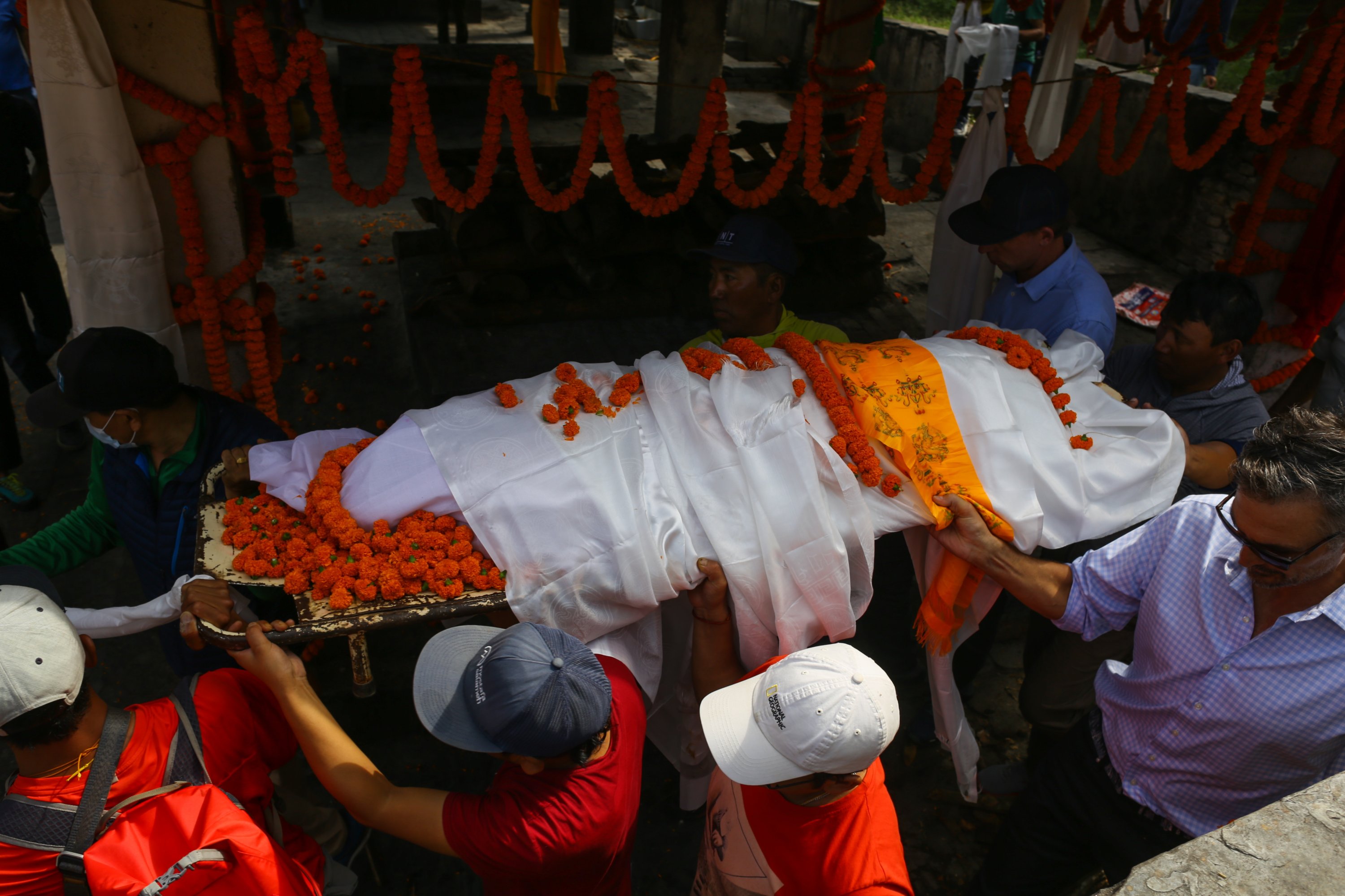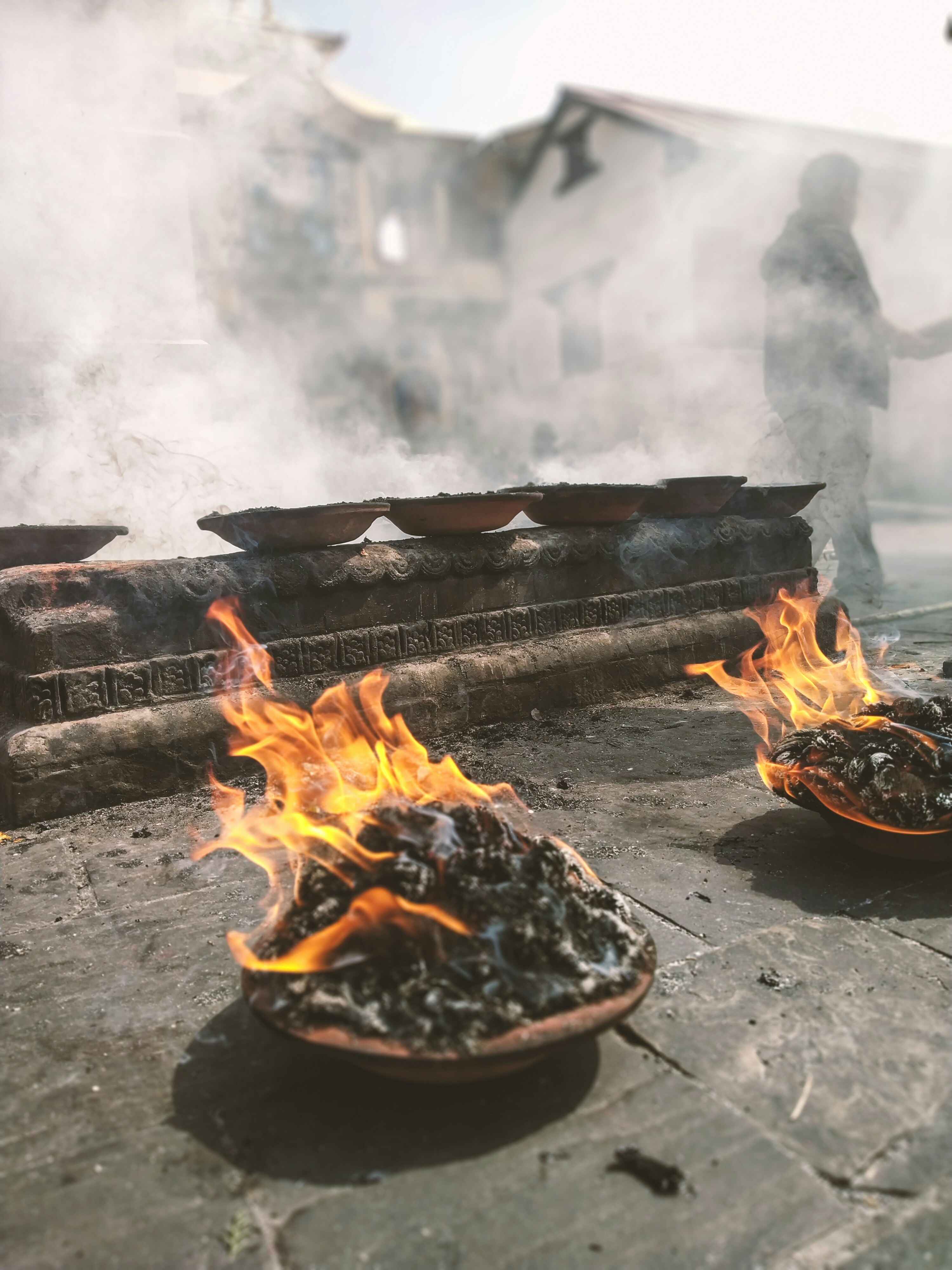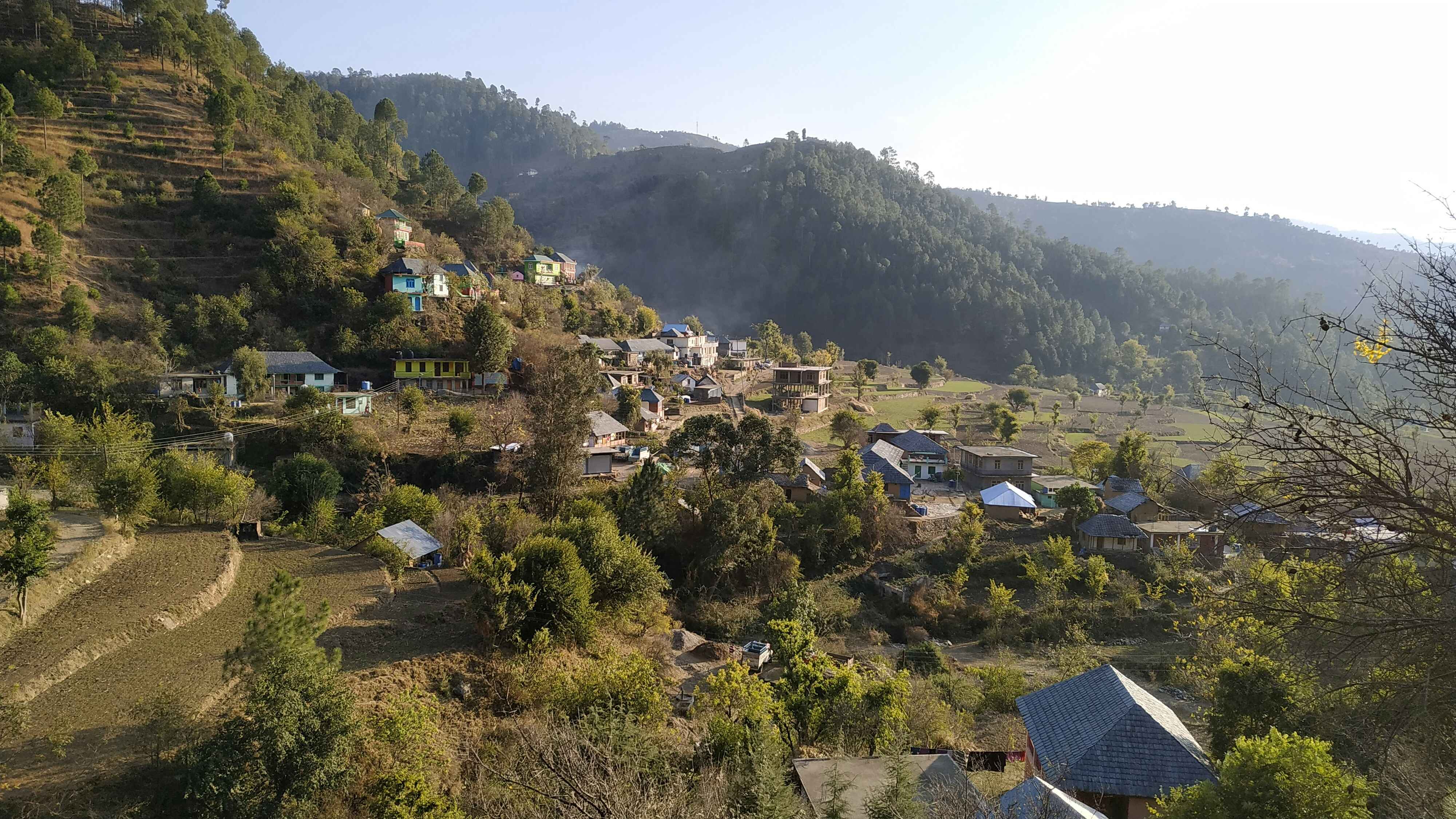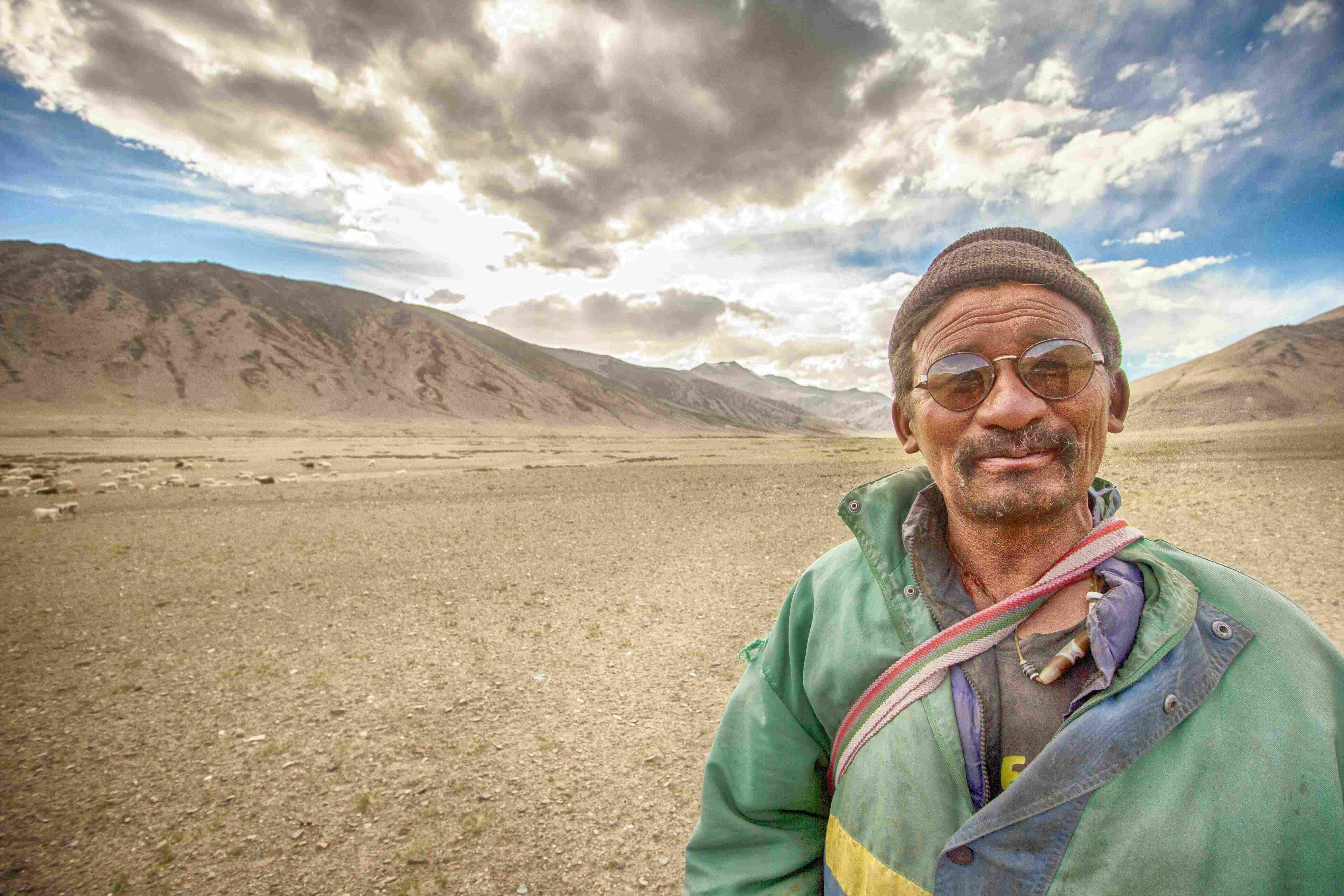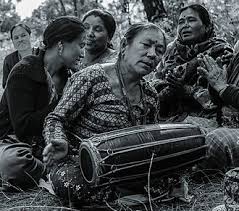Share this Article

Maghe Sankranti, one of Nepal’s most cherished festivals, marks the transition from the cold winter months to the promise of longer, warmer days. Celebrated on the first day of the Nepali month of Magh (around January 14 or 15), this festival is a time of purification, prosperity, and family togetherness. Rooted in Hindu traditions and astrological significance, Maghe Sankranti is observed with ritual baths, feasting, and acts of devotion, making it a vibrant and meaningful celebration across Nepal.
1. Meaning and Significance
Maghe Sankranti holds deep cultural and spiritual significance in Nepal. The festival occurs when the sun enters the zodiac sign of Capricorn (Makar), marking the end of the winter solstice and the beginning of the sun’s northward journey, known as Uttarayan. This celestial event symbolizes the triumph of light over darkness and the arrival of warmer, more auspicious days.
For Hindus, Maghe Sankranti is a time of purification and renewal. It is believed that taking a ritual bath in sacred rivers on this day washes away sins and brings blessings for health, prosperity, and good fortune. The festival also emphasizes the importance of family bonds, as people come together to honor elders, share traditional foods, and seek blessings for the year ahead.
2. When and Where is Maghe Sankranti Celebrated?
Maghe Sankranti is celebrated annually on the first day of the Nepali month of Magh, which typically falls on January 14 or 15. The festival is observed across Nepal, but certain locations are particularly renowned for their grand celebrations:
- Devghat (Chitwan): A sacred confluence of the Trishuli and Kali Gandaki rivers, where thousands gather for holy baths.
- Panauti (Kavrepalanchok): Known for its religious fairs and vibrant festivities.
- Ridi (Gulmi): A famous pilgrimage site where devotees take ritual dips in the Kali Gandaki River.
- Dolalghat and Baraha Kshetra: Holy river confluences where purification rituals are performed.
These sites become hubs of activity during Maghe Sankranti, drawing devotees from far and wide to partake in the sacred rituals.
3. Rituals and Traditions
Maghe Sankranti is a festival rich in rituals and traditions, each carrying deep symbolic meaning. Here are the key aspects of the celebration:
A. Holy Bathing and Purification
One of the most important rituals of Maghe Sankranti is taking a holy bath in sacred rivers. Devotees flock to river confluences like Devghat, Ridi, and Baraha Kshetra to cleanse themselves of sins and seek blessings for the new year. The act of bathing in these sacred waters is believed to purify the body and soul, ushering in good health and prosperity.
B. Offerings and Worship
On this auspicious day, people visit temples to offer prayers and make offerings to deities. Common offerings include sesame seeds (til), ghee (clarified butter), molasses (chaku), and yam, all of which hold symbolic significance. Homes are thoroughly cleaned, and pujas (prayers) are performed to invoke divine blessings for the family.
C. Special Foods of Maghe Sankranti
Food plays a central role in Maghe Sankranti celebrations, with traditional dishes symbolizing health, warmth, and prosperity. Some of the must-have foods include:
- Til ko Laddu (Sesame seed sweets): Symbolizing longevity and vitality.
- Chaku (Molasses): A sweetener believed to provide strength and energy.
- Ghee (Clarified butter): Consumed for warmth and nourishment.
- Tarul (Yam) and Sweet Potatoes: Representing good health and abundance.
- Khichadi (Rice and lentil dish): A nutritious and auspicious dish often prepared during the festival.
These foods are shared among family members, reinforcing the spirit of togetherness and gratitude.
D. Honoring Elders and Seeking Blessings
Maghe Sankranti is also a time to honor elders and seek their blessings. Younger family members pay respect to their elders by offering Tika (a mixture of rice, yogurt, and vermillion) and receiving blessings in return. This tradition strengthens family bonds and fosters a sense of unity and respect.
E. Maghe Sankranti in the Tharu and Magar Communities
The Tharu community in the Terai region celebrates Maghe Sankranti as Maghi, their New Year. The festival is marked by grand feasts, traditional dances, and cultural events, reflecting the community’s rich heritage. Similarly, the Magar community observes the festival with gatherings, feasts, and rituals honoring their ancestors.
4. Cultural and Astrological Significance
Maghe Sankranti holds immense cultural and astrological importance in Hindu belief. The sun’s northward journey (Uttarayan) is considered an auspicious period, bringing positive energy and opportunities for new beginnings. It is believed that starting new ventures, marriages, or religious ceremonies during this time will yield favorable results.
The festival also has a connection to the Mahabharata, where Bhishma Pitamah, a revered figure, chose to leave his body during Uttarayan. According to Hindu belief, death during this period leads to liberation (Moksha), further emphasizing the spiritual significance of Maghe Sankranti.
Conclusion
Maghe Sankranti is more than just a festival; it is a celebration of renewal, unity, and the enduring spirit of Nepali culture. From the ritual baths in sacred rivers to the sharing of traditional foods, every aspect of the festival carries deep symbolic meaning. It is a time to cleanse the past, embrace the present, and look forward to a brighter future.
As families gather to honor their elders, seek blessings, and celebrate the promise of longer days, Maghe Sankranti serves as a reminder of the importance of gratitude, togetherness, and hope. Whether you are a local or a visitor, participating in this vibrant festival offers a unique opportunity to experience the warmth and richness of Nepal’s cultural heritage.
Categories:
Festivals & Events
Tags:
MagheTraditions
,
FestivalOfTheSunNepal
,
HeritageOfLight
,
SankrantiSpirit
,
CulturalGlowNepal


